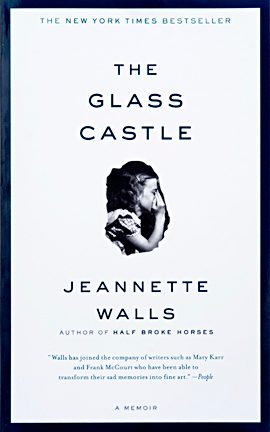
The Glass Castle
by Jeannette Walls (2005)
I could not put this journalist’s memoir down; Walls’ story of a chaotic childhood is mesmerizing. She’s one of four children born to Rex, a brilliant but alcoholic father, and Rose Mary, a disinterested-and possibly mentally ill-mother.
The family moved around the U.S., living in extreme poverty. But the children got through it thanks to the love and support of each other. When their father was sober, he taught them physics and geology. Their mother taught them about art. When the kids grew up and moved to New York (where Walls became a gossip columnist for MSNBC.com), their parents followed. One night, Walls saw a homeless woman on a New York street and realized it was her mother.
The book is about the resilience of children and the bonds of family. The dynamic between Walls and her father in particular brought me to tears. You hope this family finds peace-and, ultimately, it does. -Jennifer Walker, Senior Content Editor
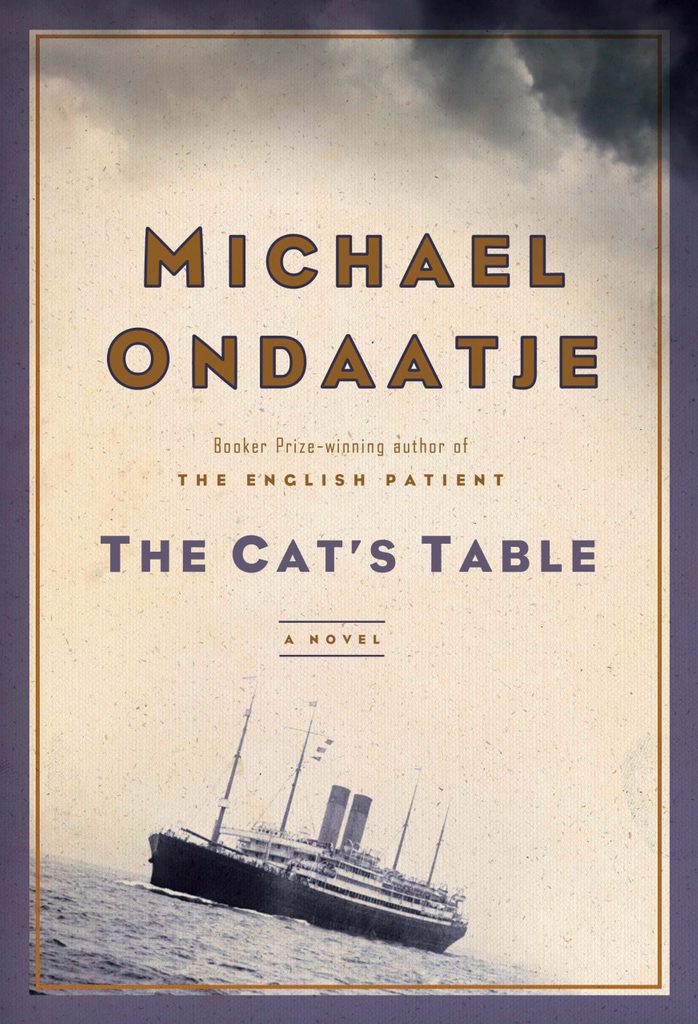
The Cat’s Table
by Michael Ondaatje (2011)
This latest book from Michael Ondaatje reads like it’s his memoir (and indeed, many details reflect his life story), but the author says it’s fiction.
The book tells of an 11-year-old boy’s 21-day journey in the 1950s from Colombo, Sri Lanka, to London, England, on a ship called The Oronsay (a journey Ondaatje also made). The boy is travelling to reunite with his mother. The story focuses on the characters he meets on-board at “The Cat’s Table”-the least privileged in the dining room. He befriends two other boys, Cassius and Ramadhin, and the three find adventure (a prisoner being transported to England figures prominently in a mystery). The story is full of intrigue and characters who shape the boy into the man he becomes. -Jennifer Walker, Senior Content Editor
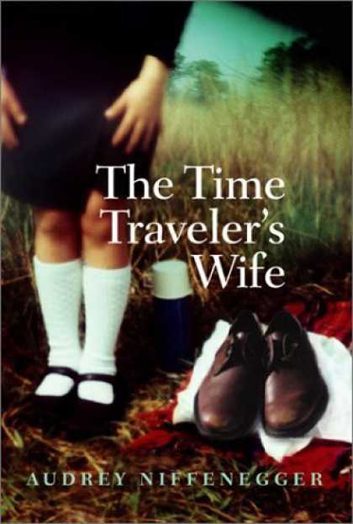
The Time Traveler’s Wife
by Audrey Niffenegger (2003)
In this novel, Niffenegger chronicles the lives of Henry and Clare, whose love is continually interrupted by Henry’s “Chrono Displacement,” a disorder that causes him to travel through time to periods of his life in the past and future. The book is a love story at its core, but the time travel brings an element of science fiction to the novel.
In their relationship, Henry and Clare deal with many of the same issues a normal couple would encounter-the difference being that when Henry leaves without warning for days at a time, it’s not his fault, as he has no control over his time travel. (While the story’s premise is a little confusing to convey here, it’s easy to follow in the book.)
The storytelling also gives insight into what both Henry and Clare are like as their past, present and future selves-which is great for character development. Henry and Clare are one couple you’ll be rooting for. -Melissa Greer, Content Producer
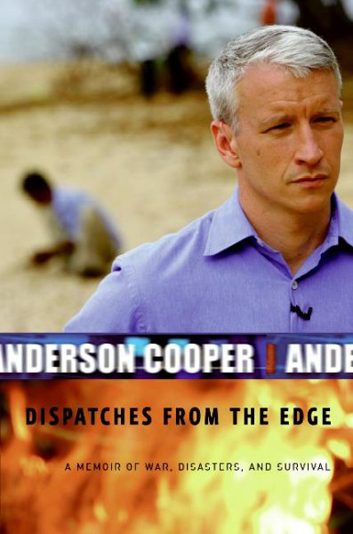
Dispatches from the Edge
by Anderson Cooper (2006)
In this memoir, the formerly very private TV journalist Anderson Cooper reveals details of his life growing up. The son of wealthy socialite and fashion designer Gloria Vanderbilt, Cooper was raised in New York with his ?older brother, Carter. Despite his privileged upbringing, he and his family were not immune to tragedy. When Cooper was 10 years old, his father died during surgery, and at 20, he lost his brother to suicide. Cooper describes his immersion into journalism as an escape from his own personal tragedies.
The book might sound heavy, but it leaves you with an appreciation of Cooper’s passion and conviction. You know he’s doing what he loves, and I found that inspirational. -Melissa Greer, Content Producer
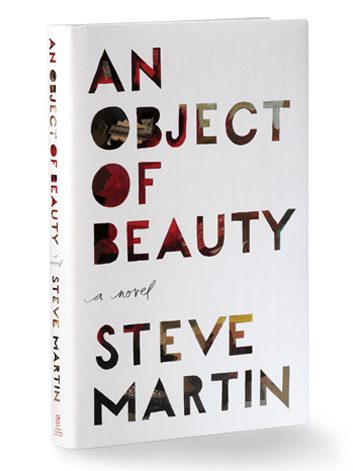
An Object of Beauty
by Steve Martin (2010)
This novel, by comedian, actor, musician and writer Steve Martin, is set in the glamorous world of New York’s art scene in the 1990s and early 2000s. It follows the career of the ambitious Lacey Yeager, a new hire at auction house Sotheby’s, who dreams of one day opening a gallery of her own. It’s told from the perspective of her college friend Daniel Franks, a budding art writer. From the source of a sudden windfall that allows Lacey to own “real art,” to her fickle relationships with men, Daniel is trying to figure her out as much as tell her story.
What I like about the book is the lessons in art history sprinkled throughout-real artists and artwork are discussed at length, and photos illustrate the artwork for the reader. Having studied fine art, I enjoyed analyzing it with the characters, and loved that I learned from the book. -Jennifer Masseau, Associate Editor
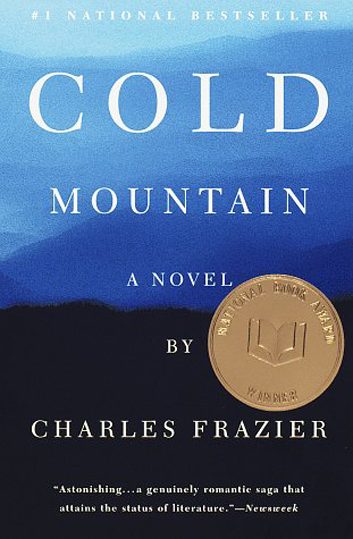
Cold Mountain
by Charles Frazier (1997)
Often, I’ll love a book so much I have to see the movie. With Cold Mountain, it was the other way around. Once I had the picture of Jude Law as Inman and Nicole Kidman as Ada in my head, I wanted to delve deeper into their characters, and the book did not disappoint.
Its love story would be enough for any romantic at heart-and believe me, the intensity of feelings between these two characters, even though they were not physically together for much of the story, was palpable-but its American Civil War setting made it all the more dramatic and interesting. It’s always a bonus when, on top of a gripping narrative and interesting characters, a novel has a backdrop of history that you can really learn from. And Inman’s travels speak to the English major in me, reflective as they are of the travels of Odysseus. This book definitely has some darkness, but so much light, too. -Bonnie Munday, Editor-in-Chief
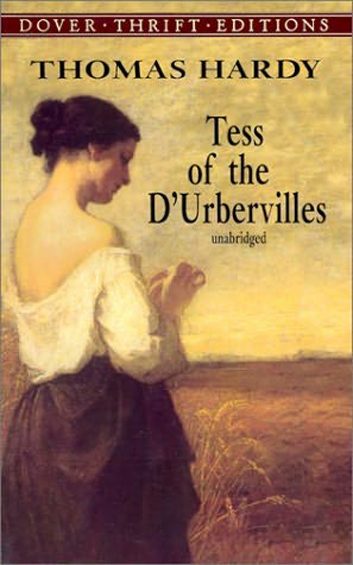
Tess of the D’urbervilles
by Thomas Hardy (1891)
I guess I’m a sucker for love stories. Since first reading this in high school, I’ve considered it my all-time favourite novel-swooningly romantic, joyful and painful all at once. And I’ve often thought that what was my then-youthful love of reading Hardy’s beautiful depictions of pastoral southwest England-much of it feels almost poetic-might have been some kind of foreshadowing: I couldn’t know then that by the time I was 31, I’d end up being married to a man from that part of the world, and be fortunate enough to get to spend so much time there whenever we visit his family.
Back to the book: As in all romantic tragedies, true love is not allowed to be enjoyed for long and characters are not allowed to live happily ever after-often because of bad timing. In such stories, being one minute late can seal one’s fate (if you’ve read Hardy, you know what I mean). This story’s ending is not a happy one. But, to me, it’s worth every word. -Bonnie Munday, Editor-in-Chief
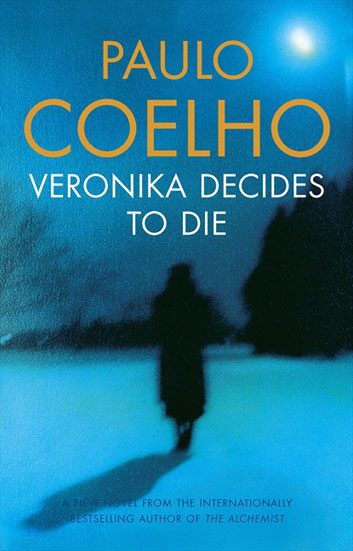
Veronika Decides to Die
by Paulo Coelho
There’s nothing I love more than a book that completely envelops me, making me impossible to talk to while I’m reading because it’s that good. Veronika Decides to Die does exactly that. It serves as a poignant reminder that it only takes a moment to appreciate the fleeting nature of life. The main character, Veronika, is a girl other people envy and admire. Stunning and youthful with a great job and a loving family, she has a desirable life. Unfortunately, she doesn’t see it that way – so she decides to commit suicide.
After taking a handful of sleeping pills, Veronika wakes up in a mental hospital, where she is told she has days to live. It is only then that she begins to feel passionate about life. She develops connections with nature, art and people, and begins to understand the beauty of living each day as if it were her last.
I love reading this book when I need a reminder of what really matters. Its simple statement about happiness changes my outlook and makes me see each day as an opportunity to experience incredible things. -Katharine Watts, Associate Web Editor
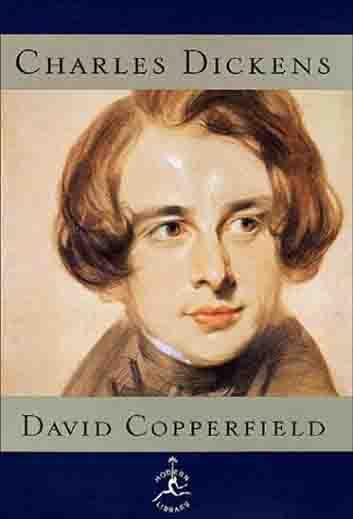
David Copperfield
by Charles Dickens (1850)
I love the classics, and this is my all-time favourite. I carried this copy around with me ?during my year of wandering through Europe and Israel after university. (You can tell it’s travelled far just by looking at it on the pile of books below!)
Don’t be daunted by the thickness of this book. As always with Dickens, it contains a cast of characters and side stories juicy enough to justify books of their own. In this “autobiography” (much of it is similar to Dickens’ own life), David Copperfield details his growth both in years and understanding. When he is a boy, his widowed mother remarries and David is sent to labour in a factory. He runs away to his eccentric aunt, who cares for him and enables him to grow up a “gentleman.” Just as his career is beginning, he must battle his mentor’s devious employee, Uriah Heep. David also learns about romantic love through his relationships over the years with three very different women.
That’s a bare-bones synopsis; it’s full of storylines, each a gem.
-Ruth Hanley, Copy Chief
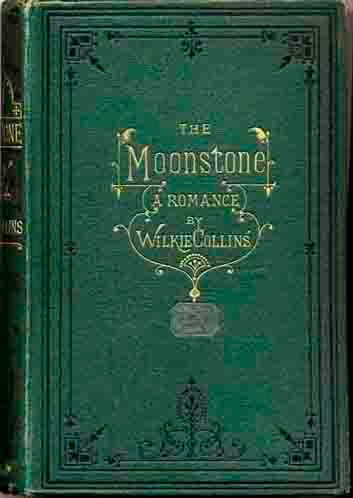
The Moonstone
by Wilkie Collins (1868)
If you, like me, are a fan of TV’s Downton Abbey and love cozy English detective mysteries, consider this book. It’s set in a “great house” in Victorian England that is turned upside-down when a storied jewel from India is given to the headstrong daughter of the house, Rachel-and is stolen in the night while guests are visiting.
Whodunnit? The doors were locked tight, so it must have been one of the servants or-gasp-a family member or guest. Various characters, from the stalwart family servant to a hysterically obtuse do-gooder, give their version of what happened. (Collins was ahead of ?his time in his social attitudes, but allows the characters to show some Victorian prejudices.) We also learn more about Rachel, who is romantically torn between two men. -Ruth Hanley, Copy Chief
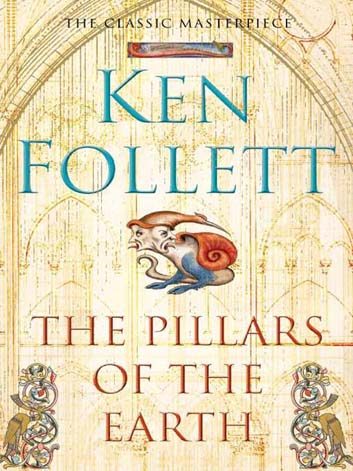
The Pillars of the Earth
by Ken Follett (1989)
My twin sister recommended this book to me more than 10 years ago. Since then, I’ve read it three times! The novel spans several decades in 12th-century England and other parts of Europe, and is an epic about the building of medieval cathedrals. It’s also laced with romance, suspense and political conflicts. It starts with a mystery surrounding the execution of a thief. But the story mainly follows master builder Tom Builder; his lover, Ellen; and, eventually, their children. Tom passes his knowledge of building to Ellen’s son Jack, who goes on to build the first Gothic cathedral in England.
I was an art and history buff in school, so this book piqued my interest. I love Follett’s descriptions of Gothic architecture and of what life was like in England almost 1,000 years ago. -Stephanie Han, Art Director
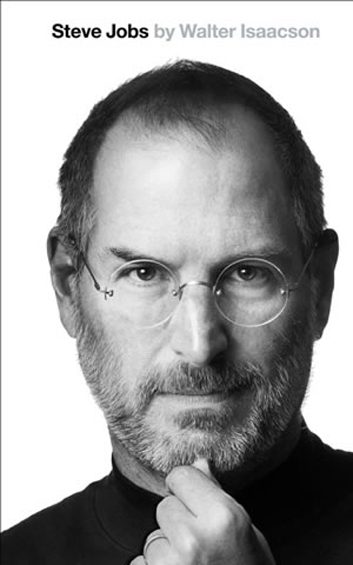
Steve Jobs
by Walter Isaacson (2011)
This book got huge play when it came out, in part because it dovetailed with Jobs’ death at age 56. But it’s so fascinating and well written it would have been a bestseller regardless. It gave me insight into the evolution of Apple and personal computers. But it primarily taught me about a complex person who really did change the world, a visionary with amazing instinct for visual design and marketing. Says Isaacson, “He revolutionized animated movies, music, phones, tablet computing and digital publishing.”
Sometimes it’s discomforting. Jobs “fired, abused and abandoned, or otherwise infuriated” scores of people. Yet he asked Isaacson to write his biography when he was ill, bravely giving the author carte blanche to do the job so we could come up with our own conclusions. -Rhonda Rovan, Beauty Editor
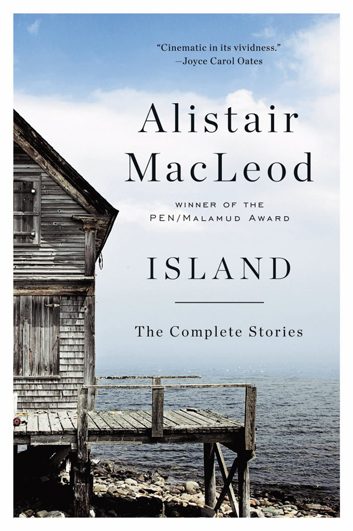
Island
by Alistair MacLeod (2000)
I never felt especially connected to the rocky shores of Cape Breton, where my family’s history is, until I read these short stories by Alistair MacLeod -and, in particular, “Island.” It caught my attention because, like the family portrayed, my great-grandfather was a lighthouse keeper on a rugged island off Cape Breton. But it’s also MacLeod’s ability to draw readers into the lives of his characters in the whole collection of stories, whether the lighthouse keeper’s daughter, miners home for summer or fishermen grappling with the icy North Atlantic.
These are not sentimental stories; each is steeped in the hardships, camaraderie and complex family bonds forged by living under rugged conditions. But they’re universal stories that portray the gap between those who chose to stay, and those who have moved on. -Margaret Nearing, Senior Editor
Related:
• 7 sexy books to read
• 5 books for a healthier you
• 3 books about cancer everyone should read
